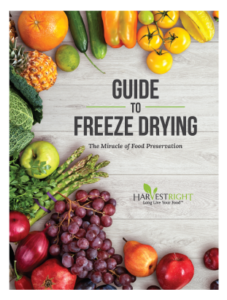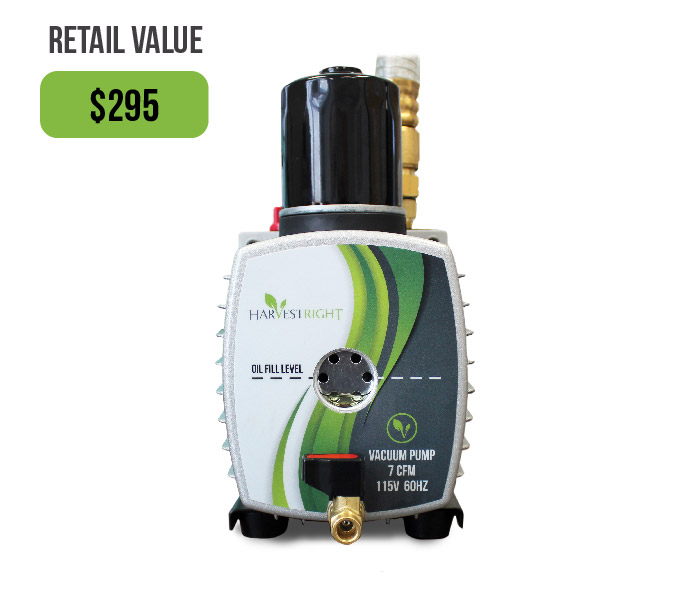Yes, you read the title correctly. Not only can you pickle vegetables, you can pickle all kinds of fruits. And it’s easy. Pickling involves immersing a fruit or vegetable in a mixture of vinegar, salt, and spices and letting it all ferment. Pickles are low in fat and calories and, depending on what you’ve pickled, have lots of good vitamins like K, C and potassium. It’s easy to grow almost everything you need to pickle and the rest of the ingredients are inexpensive. Here’s what to grow in your pickle garden:
For spice mix:
Garlic
Mustard
Celery
Dill
Hot peppers
Oregano
For pickling:
Beans
Beets
Cucumbers
Lemons
Okra
Peaches
Peppers
Grapes
Watermelon rinds
Tomatoes
From the grocery:
Black peppercorns
Cider vinegar
Salt
Canning jars
The Pickling Process
Choose only ripest, freshest fruits and vegetables to pickle.
Make sure all of your spice plants and your pickle subjects are free from soft spots and bruises.
Sterilize your pickle jars in the dishwasher or by boiling them for a few minutes on the stove.
While the jars cool, slice the fruit or vegetable in pieces small enough to fit in your pickling jars.
Add smashed garlic cloves, a pinch of red pepper and either mustard seed, celery seed, or black peppercorns to the bottom of the jar.
Insert the sliced fruit or vegetables so they are loosely packed.
Fill the jars with a brine solution of half water, half cider vinegar and salt (to taste)
The longer the pickles get to soak and ferment, the tastier they’ll be!
Pickling Lemons
Since we have a Meyer lemon tree in our greenhouse that churns out more lemons than we can every possibly use, we love to make pickled lemons. They’re unexpected, tasty (especially in Moroccan recipes) and look so pretty in jars on the shelf. Here’s how to do it:
Ingredients
8 Meyer lemons, scrubbed
½ cup kosher salt
Sterilized quart canning jar
Directions
Put 2 Tbsp of salt in the bottom of a sterilized jar
Cut ¼ inch off the top and bottom of the lemons then quarter them
Sprinkle salt on the inside and outsides of the lemon quarters: be generous
Pack the lemons in the jar. Go ahead and squish them so the juice comes out. Fill the rest of the jar with enough fresh squeezed lemon juice so it covers all the lemons.
Add 2 Tbsp of salt on the top
Seal the jar and let it rest at room temperature for two days. Give the jar a gentle agitation occasionally.
After two days, store the jar in the refrigerator for at least 3 weeks, giving it a gentle agitation occasionally.
Store up to six months.
You can experiment with this recipe and add all kinds of spices. Try coriander, bay leaf and oregano to begin. Don’t know how to use your jar of pickled lemons? Here are five great ideas from the wonderful food blog, The Kitchn!





This sounds like a wonderful machine. We have purchased food from Patriot Supply. Sounds like this would work out nicely. I would enjoy winning a piece of equipment like this that could store the food that we want, in case of an emergency.
So, as for this pickling blog, I was wondering about what would happen if you were to freeze dry cucumbers first and then re-hydrate them in the pickling process. It seems to me that they would soak up the vinegar and pickling spices. I haven’t tried it but I was wondering if anyone at HarvestRight had experimented with this method? Love our HarvesRight!
I took cucumbers, sliced them, and put them in dill pickle juice overnight. Drained and then freeze dried them, ate them dry and crunchy like a dill pickle chip. We decided an extra day in the pickle juice would be good for better flavor. But I’ve also seen where customers put the fresh cucumbers in pickle juice for only about 1/2 hr to an hour then freeze dried that, probably a little less-intense flavor.
If you wanted to freeze dry the cucumbers first, the crunchiness when rehydrating might depend how long you let them soak in the pickle juice and how thick you sliced them.